Share
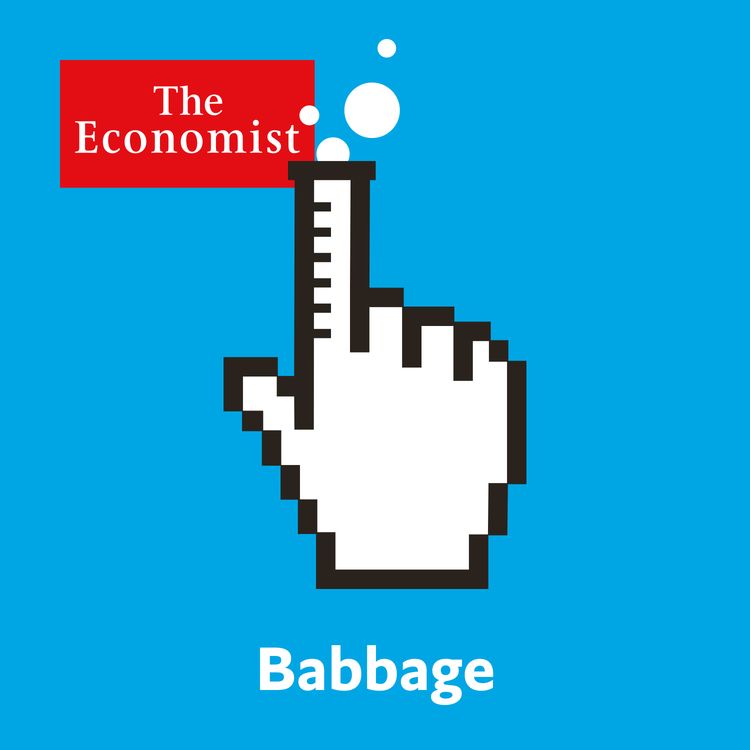
Babbage from The Economist
Babbage: How drones are transforming warfare in Ukraine
The use of drones in the war in Ukraine has been increasing. Unmanned vehicles capture battlefield images, relay co-ordinates, and strike targets in Ukraine and even Russia. Whether purpose-built military devices or off-the-shelf civilian technology, the drones are having an outsized impact. How are they influencing battles? And what do they mean for the future of warfare?
Oliver Carroll, our correspondent in Ukraine, explores the purpose and effectiveness of drones in the war. Ulrike Franke of the European Council on Foreign Relations explains the potential that drone technology offers to armies. Plus, The Economist’s Benjamin Sutherland travels to Kyiv, to investigate how engineers in underground workshops are tinkering with consumer drones and turning them into military machines. Alok Jha, The Economist’s science and technology editor, hosts.
If you love Babbage, why not work with us? We’re hiring for an Assistant Audio Producer to work on the show. Apply by May 15th.
The Economist is also seeking applications for the 2023 Richard Casement internship. The successful candidate will spend three months with us in London writing about science and technology. More details here: economist.com/casement2023.
For full access to The Economist’s print, digital and audio editions subscribe at economist.com/podcastoffer and sign up for our weekly science newsletter at economist.com/simplyscience.
More episodes
View all episodes
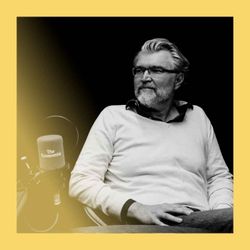
Unfinished business (part 2): fixing the “biggest problem” in physics
41:17|How is it that quantum physics governs the very smallest things in the universe, yet classical, Newtonian rules describe the movements of everything else, from people to planets? In the second of two episodes to mark the centenary of quantum physics, we hear how the boundary between the quantum and classical worlds causes huge inconsistencies—and a debate about the nature of reality itself. Our guest today explains his radical vision for fixing those problems and building a consistent understanding of the universe.Host: Alok Jha, The Economist’s science and technology editor. Guest: Vlatko Vedral of the University of Oxford and the author of “Portals to a New Reality”. If you can’t get enough of quantum physics, listen to our 2022 interview with Nobel laureate Anton Zeilinger, one of the scientists who proved that entanglement is a real phenomenon.Transcripts of our podcasts are available via economist.com/podcasts.Listen to what matters most, from global politics and business to science and technology—subscribe to Economist Podcasts+.For more information about how to access Economist Podcasts+, please visit our FAQs page or watch our video explaining how to link your account.
Unfinished business (part 1): quantum physics turns 100
45:53|At the turn of the 20th century, physicists realised their understanding of the subatomic world was wrong. A new theory was born: quantum mechanics. Despite defying everyday notions of the nature of reality, quantum physics has had a profound impact on both basic science and modern technology. In the first of two episodes to mark the centenary of the birth of quantum physics, our guest this week explains what this science has done for humanity already and what it will do next. Host: Alok Jha, The Economist’s science and technology editor. Guest: Paul Davies of Arizona State University and the author of “Quantum 2.0”. Transcripts of our podcasts are available via economist.com/podcasts.Listen to what matters most, from global politics and business to science and technology—subscribe to Economist Podcasts+.For more information about how to access Economist Podcasts+, please visit our FAQs page or watch our video explaining how to link your account.
Blaise Agüera y Arcas: why AI really is intelligent
44:25|Whether or not AI models really are “intelligent” is a philosophical and scientific question with profound consequences for how people use and develop the technology. But what does “intelligence” really mean? Blaise Agüera y Arcas has a provocative answer: what if intelligence—and all of life—is just a product of computation?Host: Alok Jha, The Economist’s science and technology editor. Guest: Blaise Agüera y Arcas, CTO of technology & society at Google and the author of “What is Intelligence?”If you enjoyed this episode, scroll back to our two-part series, which asked: what is artificial general intelligence? Or, to learn how biology inspired the AI systems of today, find our series on the science that built the AI revolution. Transcripts of our podcasts are available via economist.com/podcasts.Listen to what matters most, from global politics and business to science and technology—subscribe to Economist Podcasts+.For more information about how to access Economist Podcasts+, please visit our FAQs page or watch our video explaining how to link your account.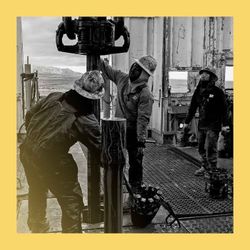
Hotting up: the geothermal revolution
40:19|Geothermal energy has long been neglected—it currently provides less than 1% of the world’s electricity. That’s because very few places on Earth have the right conditions to enable geothermal plants to work. But that’s changing, thanks to a new suite of technologies. Could geothermal soon rival nuclear power?Host: Alok Jha, The Economist’s science and technology editor. Guests: The Economist’s Vijay Vaitheeswaran; Jack Norbeck of Fervo Energy; James Benetatos of Quaise Energy; and Cindy Taff of Sage Geosystems. Transcripts of our podcasts are available via economist.com/podcasts.Listen to what matters most, from global politics and business to science and technology—subscribe to Economist Podcasts+.For more information about how to access Economist Podcasts+, please visit our FAQs page or watch our video explaining how to link your account.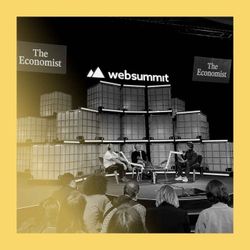
Live from Web Summit: how to build a genuinely useful robot
26:41|For decades, futurists have promised that robots will transform society, yet that still feels like a distant prospect. In this episode, recorded live at the “Web Summit” technology conference in Lisbon, our guests explain why a robotic revolution is closer than you think—and what they’re doing to make it a reality.Host: Alok Jha, The Economist’s science and technology editor. Guests: Robert Playter, the boss of Boston Dynamics; and Tye Brady, the chief technologist at Amazon Robotics. Transcripts of our podcasts are available via economist.com/podcasts.Listen to what matters most, from global politics and business to science and technology—subscribe to Economist Podcasts+.For more information about how to access Economist Podcasts+, please visit our FAQs page or watch our video explaining how to link your account.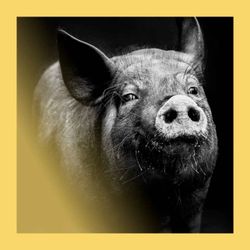
Part man, part pig: how animal organs could save human lives
39:24|Only 10% of people around the world who need organ transplants actually end up receiving them, due to a shortage of suitable donors and extremely complicated logistics. Some scientists have therefore been looking for more radical solutions: transplanting genetically-modified pig organs into humans. The field has seen rapid progress in recent years—will such procedures become mainstream?Host: Alok Jha, The Economist’s science and technology editor. Guests: The Economist’s Emilie Steinmark; Leonardo Riella of Massachusetts General Hospital; and Tim Andrews, one of Dr Riella’s patients. Transcripts of our podcasts are available via economist.com/podcasts.Listen to what matters most, from global politics and business to science and technology—subscribe to Economist Podcasts+.For more information about how to access Economist Podcasts+, please visit our FAQs page or watch our video explaining how to link your account.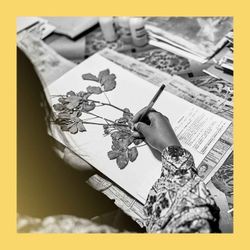
Protecting the jungle: on the road with Madagascar’s seed hunters
43:24|Between 2001 and 2024, a quarter of Madagascar’s native rainforest has vanished. At this rate of destruction, those ecosystems will be entirely wiped out by the end of the century. Could collecting and preserving the seeds of the endangered plants help repair the country’s ancient forests?Host: Alok Jha, The Economist’s science and technology editor. Guests: The Economist’s Ainslie Johnstone; Henintsoa Razanajatovo and Nomentsoa Randriamamonj of Kew Madagascar; Sharon Balding and Charlotte Lusty of Kew’s Millennium Seed Bank at Wakehurst.Transcripts of our podcasts are available via economist.com/podcasts.Listen to what matters most, from global politics and business to science and technology—subscribe to Economist Podcasts+.For more information about how to access Economist Podcasts+, please visit our FAQs page or watch our video explaining how to link your account.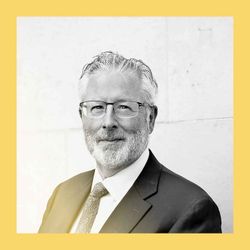
Neil Shubin: defender of American science
36:28|Two decades ago, Neil Shubin discovered a fish-like fossil which transformed scientists’ understanding of how animals transitioned out of the sea. In this episode, Prof Shubin tells us about hunting for fossils at Earth’s extremes and how he is gearing up for another big challenge: taking the reins of America’s National Academy of Sciences. In his telling, American science is in a “dark age”. Why, then, is he so optimistic?Host: Alok Jha, The Economist’s science and technology editor. Guest: Professor Neil Shubin of the University of Chicago and the author of “Ends of the Earth”.Transcripts of our podcasts are available via economist.com/podcasts.Listen to what matters most, from global politics and business to science and technology—subscribe to Economist Podcasts+.For more information about how to access Economist Podcasts+, please visit our FAQs page or watch our video explaining how to link your account.
Nitazenes: the rise of a dangerous new opioid
36:10|A new class of synthetic opioids is sweeping through illicit drug markets all over the world. Nitazenes can be up to 25 times more potent than fentanyl—and hundreds of times stronger than heroin. How could restrictions on other drugs have fuelled the spread of these dangerous new opioids, and what should governments do about it?Host: Alok Jha, The Economist’s science and technology editor. Guests: The Economist’s Emilie Steinmark; Phoenix Kellye of Rebel Harm Reduction; George Eze of the University of Sierra Leone Teaching Hospitals Complex. Thanks also to The Economist’s Ore Ogunbiyi. Transcripts of our podcasts are available via economist.com/podcasts.Listen to what matters most, from global politics and business to science and technology—subscribe to Economist Podcasts+.For more information about how to access Economist Podcasts+, please visit our FAQs page or watch our video explaining how to link your account.